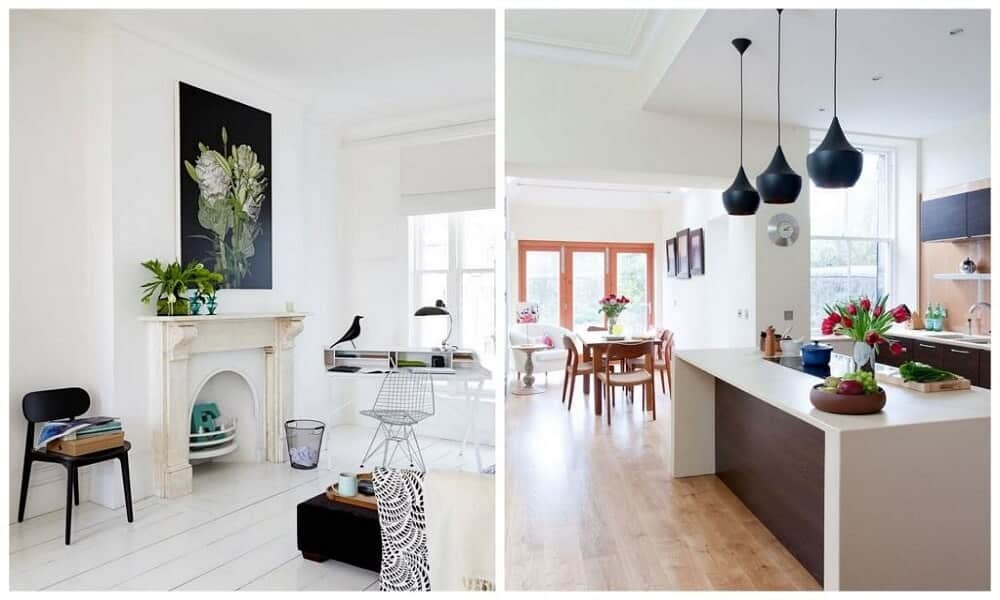How Do Interior Designers Charge?Interior design plays a pivotal role in transforming spaces into functional and aesthetically pleasing environments. Whether it’s a residential home, commercial office, or retail space, the expertise of an interior designer can elevate the ambiance and functionality of any interior space. However, understanding how interior designers charge for their services can often be a perplexing aspect for many clients. In this article, we will delve into the various methods of charging employed by interior designers, shedding light on the factors influencing their fees.
Understanding Interior Design Charges
Interior design charges can vary significantly depending on several factors. These factors include the designer’s experience, the scope of the project, location, client requirements, materials used, and market demand. By comprehending these variables, clients can gain clarity on how interior designers determine their fees.
Different Methods of Charging
Interior designers utilize different methods of charging for their services, tailored to the needs of the client and the nature of the project. Some common pricing structures include:
Hourly Rate
Charging clients on an hourly basis is one of the most straightforward methods employed by interior designers. This approach involves billing clients for the number of hours spent on the project, including consultations, design development, and project management.
Flat Fee
Alternatively, interior designers may opt for a flat fee structure, where a predetermined amount is agreed upon for the entire project. This fixed pricing model provides clients with clarity regarding the total cost upfront, regardless of the time invested by the designer.
Cost Plus
The cost-plus pricing method involves charging clients for the actual cost of materials and resources, plus a markup percentage as the designer’s fee. This transparent approach ensures that clients are aware of the expenses incurred and the designer’s added margin.
Percentage of Budget
Some interior designers charge a percentage of the overall project budget as their fee. This method aligns the designer’s compensation with the scale and complexity of the project, ensuring fairness for both parties.
Factors Influencing Charges
Several factors influence the charges levied by interior designers:
Designer’s Experience
Experienced designers with a proven track record may command higher fees compared to novice designers.
Project Scope
The scale and complexity of the project significantly impact the amount charged by interior designers.
Location
Regional variations in living costs and market demand can influence pricing structures.
Client Requirements
Specific client needs and preferences may necessitate additional services, affecting the overall cost.
Materials and Resources
The choice of materials, furnishings, and accessories can influence the total cost of the project.
Market Demand
In regions with high demand for interior design services, designers may charge premium rates.
In conclusion, understanding how do interior designers charge for their services is essential for clients embarking on interior design projects. By considering factors such as the designer’s experience, project scope, location, client requirements, materials, and market demand, clients can make informed decisions regarding their budget and expectations.
FAQs
1. How do I know which pricing structure is suitable for my project?
It’s essential to discuss your project requirements and budget with potential designers to determine the most appropriate pricing structure.
2. Can I negotiate the designer’s fees?
While some flexibility may be possible, it’s essential to respect the designer’s expertise and the value they bring to the project.
3. Are there any additional costs I should be aware of besides the designer’s fees?
Depending on the project, additional costs such as materials, furnishings, and contractor fees may apply.
4. How can I ensure transparency in pricing?
Clear communication and detailed contracts outlining all costs and services are crucial for ensuring transparency in pricing.
5. What steps can I take to stay within my budget?
Establishing a clear budget from the outset, prioritizing project requirements, and collaborating closely with the designer can help manage costs effectively.








